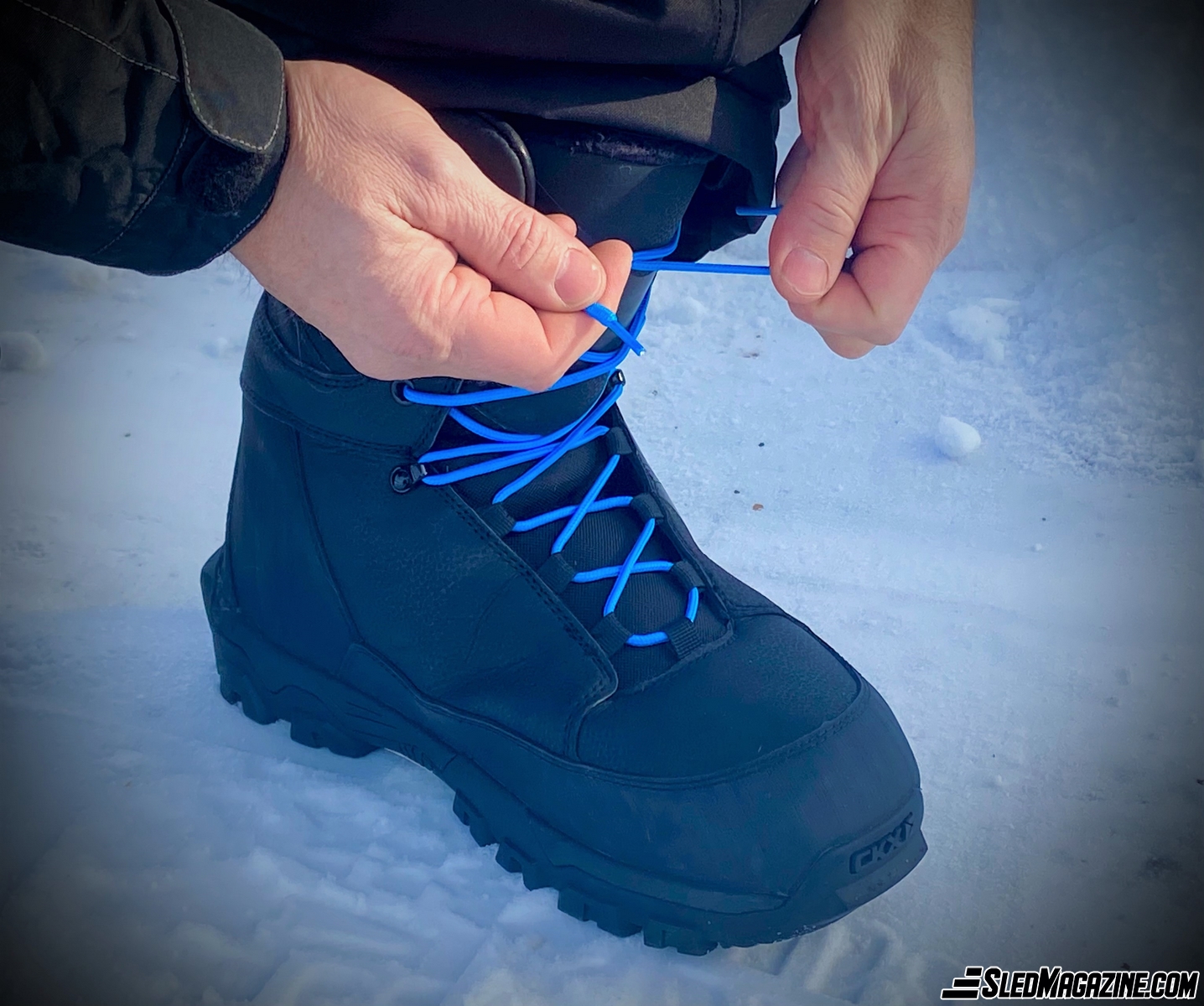Table of contents
Toggle- Humidity, enemy number 1!
- The right size boots to avoid having cold feet.
- Well-insulated boots.
- An insulating sole is not to be ignored.
- A boot dryer is an investment!
- Dry your feet before putting on your socks.
- Appropriate socks.
- Move continuously.
- Hot Pockets.
- Heated insoles are the ultimate to avoid cold feet!
- Click here for additional tips:
As with any activity, certain precautions must be taken to ensure that we are doing our hobby in the best possible circumstances. Our last concern should be the suitability of the clothing we wear and having cold feet.
Beyond our safety equipment and clothing, there are certain precautions that should be brought to our attention before we hit the trails. These tips can make all the difference and in some cases can even help you avoid frostbite.
Humidity, enemy number 1!
You don’t need a thesis to know that water freezes at low temperatures. Even at low percentages, the presence of cooling water will have a conductive effect and cause discomfort. Therefore, some tricks you can use to ensure you are dry before you leave and stay dry as long as possible during your ride.

The right size boots to avoid having cold feet.
This may not seem like a big deal, but a boot that fits too tightly will promote faster cooling of the feet. As in the construction of a house, air acts as an insulator. Therefore, we need to have the necessary space to be able to move our toes easily.
When buying your boots, make sure you have a one-centimetre gap between your longest toe and the inside toe of the boot. Similarly, the width should be adequate without feeling tight.
The height of the boots is also something to consider, as it will keep snow and water out.
Well-insulated boots.
Retailers offer several models of boots on the market for motorized vehicle enthusiasts. Usually, you will find a comfort rating to guide you in your choice. The rubberized outer surface will mainly ensure grip while the inner insulation will ensure comfort. You should also consider that a boot that is too waterproof will keep moisture inside. You must therefore find the right compromise.

An insulating sole is not to be ignored.
Adding a thermal insole to your boots is an excellent idea if you often have cold feet, because it acts as an insulator, prevents heat loss and keeps your feet warm. They can be found in shoe stores.

A boot dryer is an investment!
The extremities of our body are potential sources of heat loss and at the same time, the places where we feel coldness. Therefore, it is important to make sure that our boots and mittens/gloves are dry beforehand. For my part, as soon as I return from a ride, I take the necessary time to connect my equipment mentioned above to a dryer designed expressly for this purpose.
These dryers are available at low cost at sporting goods stores and superstores. There are several models on the market and it is up to you to select the one that will fit your budget. If your boots and mittens have an inner lining, remove it for a separate drying process that will be more efficient. If you don’t have a dryer, you can also place your equipment near a heat source. A wood stove will dry your gear in no time.

Dry your feet before putting on your socks.
For my part, I make sure to rub my feet generously with medicated body powder. This will have the effect of drying my feet and absorbing present and future humidity. It should be noted that baby powder will have the same beneficial effect.

Appropriate socks.
Cotton is a material to be avoided and it is preferable to use socks that will wick away moisture. We must prefer synthetic fibres such as polyester or merino wool, a natural fibre, very thin, which keeps the heat and wicks moisture. It should be noted that natural wool is not recommended, as it is too thick and will not provide enough free space in the boot.

Move continuously.
It may seem funny to bring up this tip, but remember that if you are continuously bringing blood flow to your feet while you ride, that circulation is a great way to keep from getting cold. Moving your toes in a twitching motion periodically a few times throughout the day will make a huge difference. If that doesn’t seem enough, stop your vehicle on the trail and move your whole body. You can even dance if you like, because, in addition to getting your blood flowing, your fellow riders will probably be very amused by your wiggle.

Hot Pockets.
What we call “hot pads” have been on the market for ages. They should be used with caution as they can cause burns. In addition, the space they take up can also cause discomfort. However, if you wish to use this thermal aid, install them on the toes rather than under them.

Heated insoles are the ultimate to avoid cold feet!
If you want the best in constant and adjustable heat, the use of heated insoles is an investment in itself. Several models are available at different dealerships.
It is preferable to set them at a lower intensity, to begin with, and to adjust them later. They provide constant heat and unparalleled comfort.
They are usually equipped with a rechargeable lithium battery. The batteries can be replaced after a few years of use when they lose their efficiency. I recommend that you give them a full charge when storing them at the end of a season for greater long-term durability.
In conclusion, if you follow these few tips, you will be able to ride longer distances and have more fun with your friends. The secret lies in good preparation and simply, the adequate equipment according to our needs.


